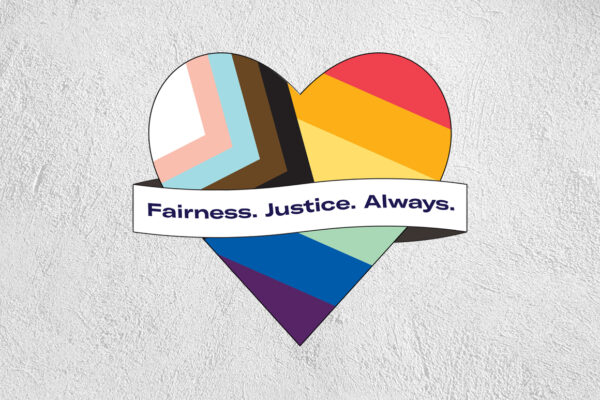- About
- Our Work
- Issue Areas
- All Issue Areas
- Columbus Safety Collective
- Disability Rights
- First Amendment
- Greater CLE Youth Justice Collective
- Immigrants' Rights
- Legalize and Repair
- LGBTQ Rights
- Mayor's Courts
- Public Records
- Racial Justice
- Repealing the Death Penalty
- Reproductive Freedom
- Statehouse to Prison Pipeline
- Vote Center
- Know Your Rights
- News
- Events
- Take Action
- Get Involved
Search
Showing
3031 - 3035 of 3056 Results for ""
Oct 02, 2014

Worse Than Adults: The Shackling of Youth in Juvenile Court
Tim Williamson,’ Detained youth,
Forty-seven years ago, the U.S. Supreme Court’s landmark ruling In re Gault held that young people are entitled to the same procedural rights as adults in court proceedings. However, one right that adults have in Ohio, that young people do not have, is the right to appear in court free of restraints.
Courts have ruled that restraints may only be used on adults who pose a safety risk or who have a documented history of escape. Adults in Ohio and around the country have the right to appear in court without handcuffs, belly chains, or leg irons regardless of the charges they face. Only an adult who has been documented to be a serious safety risk may be shackled, and the court must use due process and evidence to determine this. The use of restraints in adult courts is rare.
Youth in several states in the nation have the right to appear in court unrestrained. However, in Ohio’s juvenile courts, the use of restraints is common.
Due to this inconsistency between Ohio’s adult court and juvenile court, an adult facing multiple serious charges will not wear restraints while a youth facing minor or non-criminal charges will.
This does not seem right, does it?
Research and the U.S. Supreme Court have found that minors are less culpable and more amenable to rehabilitation than adults.
So why are we treating them more harshly than adults?
We must treat our youth as well—or better—than we do adults in the justice system. It’s time to unshackle Ohio’s youth.
By Content Type:
By Issue:
By Date:
Stay Informed
Sign up to be the first to hear about how to take action.
By completing this form, I agree to receive occasional emails per the terms of the ACLU’s privacy statement.
By completing this form, I agree to receive occasional emails per the terms of the ACLU’s privacy statement.




